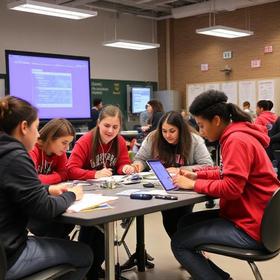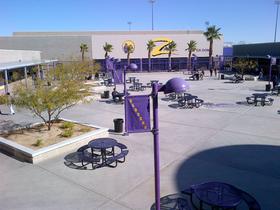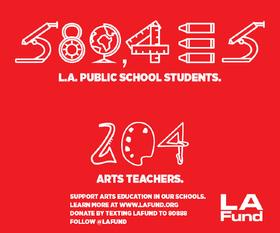On May 17, 1954, the United States Supreme Court issued its decision in Brown v. Board of Education, which declared that segregation in public schools was unconstitutional. Yet, 60 years later, public schools across the nation continue to be highly segregated based on race and socioeconomic status. Curiously, America’s most segregated schools are not in the Deep South but in New York, a state that has expansive ethnic, cultural, social, and economic diversity. Perhaps even more surprising, New York City, one of the most diverse cities in the world, also has one of the most segregated school districts in the country.
Segregation by the Numbers
According to a report by UCLA’s Civil Rights Project, school segregation in New York is widespread. It occurs in metropolitan New York City, rural areas, and urban locales upstate. However, as the nation’s largest public school system with 1.1 million students, the New York City Public Schools greatly influenced the depth and breadth of the segregation problem. And a significant problem it is. Although the number of Asian and Latino students has dramatically increased since the late 1980s, exposure of these groups to white students has decreased. In fact, of New York City’s 32 school districts, 19 had less than 10 percent white enrollment as recently as 2010. Some of New York City’s schools, particularly charter and magnet schools, are identified by the authors of the report as being so segregated that they are classified as “apartheid schools.”
Compounding the problem is that schools with high concentrations of minority students (commonly referred to as “majority-minority” schools), also have a high concentration of low-income students. In 2010, about half of public school students in the state were low-income, yet at schools where the majority of students were black or Latino, 70 percent of students were classified as low-income. Conversely, schools with an enrollment primarily comprised of white students had about 30 percent of students classified as low-income. In short, minority students are doubly segregated by both race and socioeconomic status.
Causes of Segregation
In New York City, one of the primary causes of public school segregation is real estate. Black and Latino families live in predominantly black and Latino neighborhoods, with neighborhood schools serving those populations. With some neighborhoods comprised of over 90 percent of one race, be it black, Latino, or otherwise, it stands to reason that schools in such neighborhoods would reflect the racial makeup of the surrounding community. In that regard, school segregation highly reflects the community in which the school is located.
This video from ReasonTV looks at the issue of segregation in New York City schools.
The Civil Rights Project report also lays much blame on schools of choice – charter and magnet schools – that focus too narrowly on serving one race in particular. These schools (the apartheid schools mentioned earlier) exacerbate community segregation by intensifying it – the report shows that every single charter school in the Bronx is “intensely segregated.” At the same time, 97 percent of those in Manhattan get that moniker. However, critics of the report are quick to point out that the primary purpose of charter schools is to provide choices to low-income and underserved populations, such as blacks and Hispanics. With that goal in mind, charter schools will clearly have a disproportionately large number of minority students.
Impacts of Segregation
The argument from Brown v. Board, that “separate but equal” isn’t fair, still holds true today. Schools with large numbers of minority and low-income students face many obstacles: less qualified teachers, tighter budgets, facilities in poor condition, lack of adequate school supplies and texts, violence, health issues, and highly mobile populations. In addition, minority students who attend racially segregated schools perform worse academically than minority students at racially integrated schools. Segregation not only makes academic achievement more difficult, it serves to perpetuate the poverty in which these students live.
Furthermore, attending a racially homogenous school does nothing to help students understand other cultures. The world is a highly diverse place, and learning about differences between and amongst groups and learning to respect those differences is an essential part of becoming an active and engaged member of today’s global society. Without greater racial integration in schools, some fear that patterns of misunderstanding and contempt for those unlike themselves will not only continue but also grow in intensity.
This BRIC TV video examines why New York City schools are segregated.
Possible Solutions
While there is no single solution to this problem, many people believe that without larger changes to the communities in which segregated schools reside, there will be little or no change in the schools themselves. School segregation generally reflects the larger community’s segregation, so changing school enrollment would be difficult without changes in housing patterns. Some have proposed building low-income housing near high-achieving schools. Others have recommended free transportation services for students to a better school. Still, others have proposed programs of “controlled choice,” in which a family’s choice of schools is combined with an algorithm to build socioeconomically diverse student bodies. Although none of these potential solutions would be easy to implement, the fact that there are open discussions about how to address the segregation issue provides hope that children in the future will attend schools that are racially, ethnically, and socioeconomically diverse.
Questions? Contact us on Facebook. @publicschoolreview















